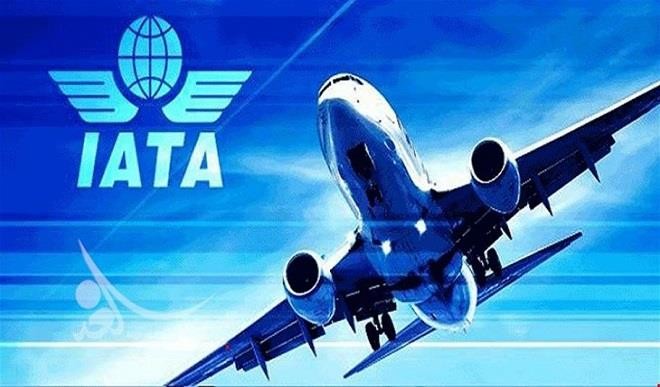Airlines’ losses may exceed $84bn – IATA

Airlines are expected to lose $84.3 billion this year, the International Air Transport Association (IATA) said at the weekend.
The global airlines’ regulator said revenue will fall by 50 per cent to $419 billion from its reverse performance of $838 billion in 2019.
Its Director-General/Chief Executive Officer, Alexandre de Juniac said: “Financially, 2020 will go down as the worst year in the history of aviation.
On average, every day of this year will add $230 million to industry losses. In total that’s a loss of $84.3 billion.
It means that-based on an estimate of 2.2 billion passengers this year-airlines will lose $37.54 per passenger. That’s why the government financial relief was and remains crucial as airlines burn through cash.
“Provided there is not a second and more damaging wave of COVID-19, the worst of the collapse in traffic is likely behind us.
And, with the help of effective contact tracing, these measures should give governments the confidence to open borders without quarantine measures.
That’s an important part of the economic recovery because about 10 per cent of the world’s GDP is from tourism and much of that depends on air travel. Getting people safely flying again will be a powerful economic boost.”
According to Juniac, passenger demand evaporated as international borders closed and countries locked down to prevent the spread of the virus.
Citing international borders closure and lock down as the biggest driver of industry losses, Juniac said the low point in April, global air travel was roughly 95 per cent below 2019 levels.
He said: “There are indications that traffic is slowly improving. Nonetheless, traffic levels for 2020 are expected to fall by 54.7 per cent compared to 2019.
Passenger numbers will roughly halve to 2.25 billion, approximately equal to 2006 levels. Capacity, however, cannot be adjusted quickly enough with a 40.4 per cent decline expected for the year.’’
“Passenger revenues are expected to fall to $241 billon down from $612 billion in 2019; this is greater than the fall in demand, reflecting an expected 18 per cent fall in passenger yields as airlines try to encourage people to fly again through price stimulation.
Load factors are expected to average 62.7 per cent for 2020, some 20 percentage points below the record high of 82.5 per cent achieved in 2019.”
With open borders and rising demand in 2021, the industry, Jiniac said is expected to cut its losses to $15.8 billion for a net profit margin of minus 2.6 per cent.
“Airlines will be in recovery mode but still well below pre-crisis levels 2019 on many performance measures; total passenger numbers are expected to rebound to 3.38 billion roughly 2014 levels when there were 3.33 billion travelers which is well below the 4.54 billion travelers in 2019.
“Overall revenues are expected to be $598 billion which would be a 42 per cent improvement on 2020, but still 29 per cent below 2019’s $838 billion.
“Unit costs are expected to fall as fixed costs are spread across more passengers than in 2020. But the continued virus control measures will limit the gains by reducing aircraft utilization rates.
“Airlines will still be financially fragile in 2021. Passenger revenues will be more than one-third smaller than in 2019. And airlines are expected to lose about $5 for every passenger carried. The cut in losses will come from re-opened borders leading to increased volumes of travelers.
“Strong cargo operations and comparatively low fuel prices will also give the industry a boost. Competition among airlines will no doubt be even more intense.
That will translate into strong incentives for travelers to take to the skies again.
The challenge for 2022 will be turning reduced losses of 2021 into the profits that airlines will need to pay off their debts from this terrible crisis,” he added.

